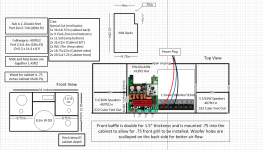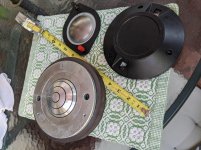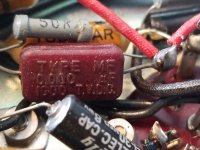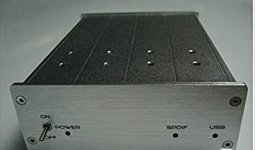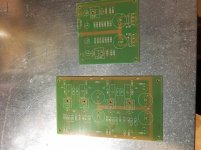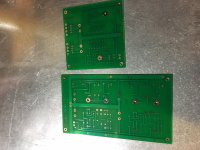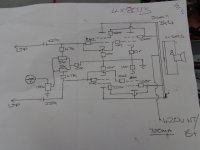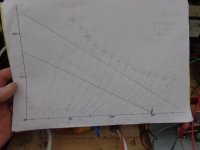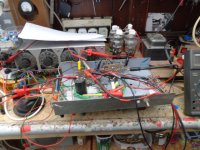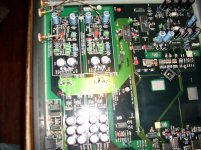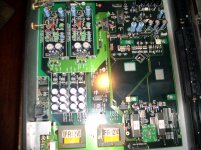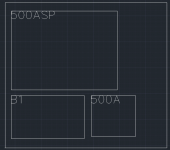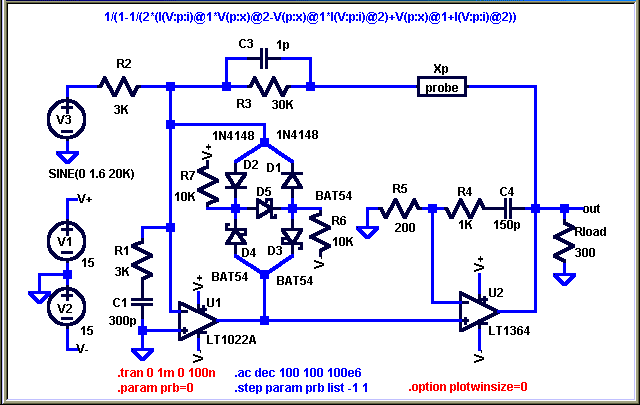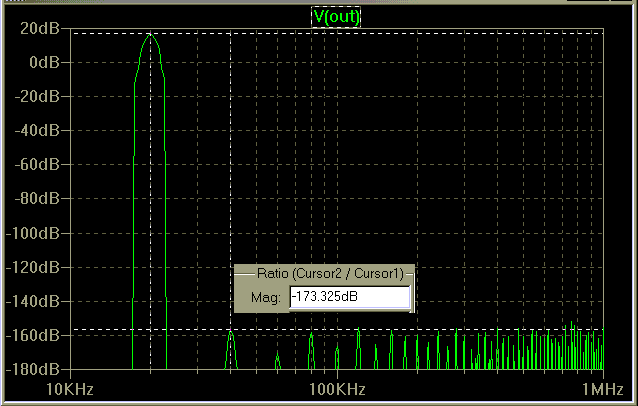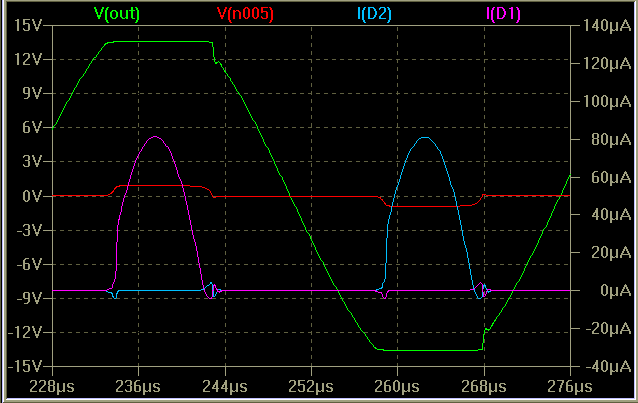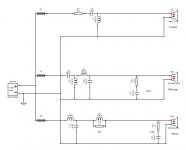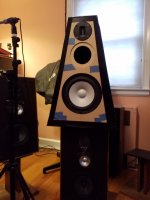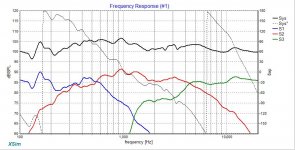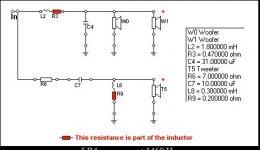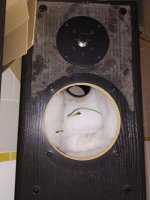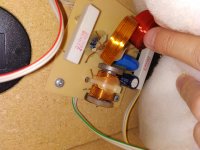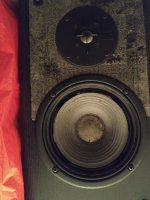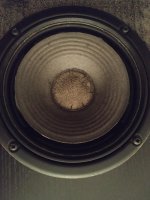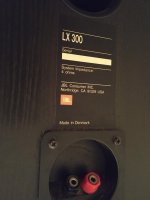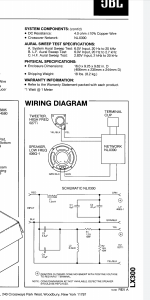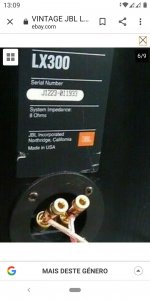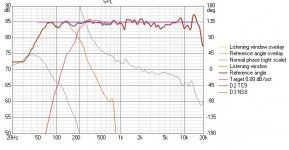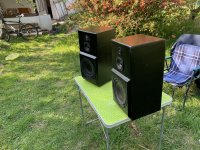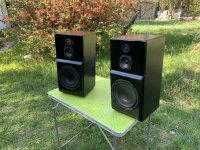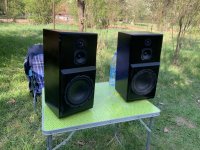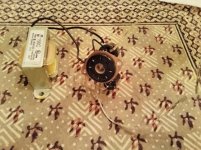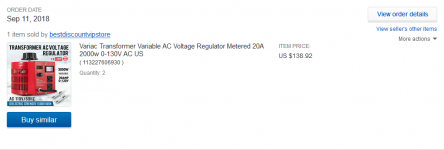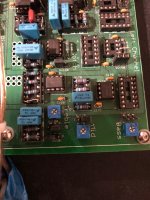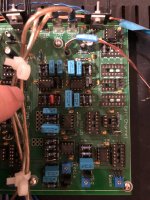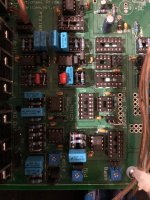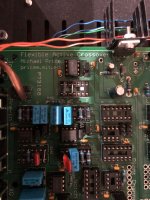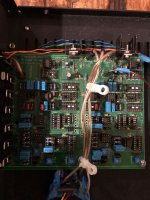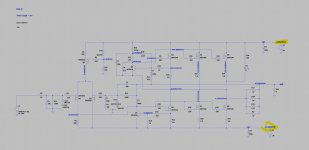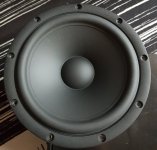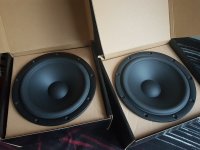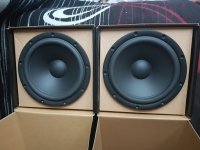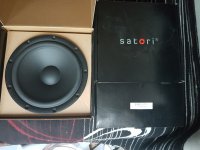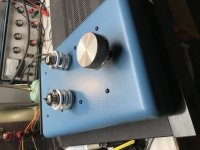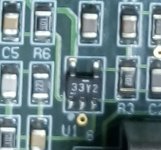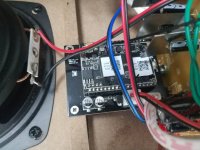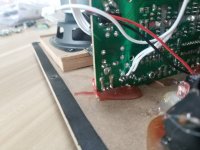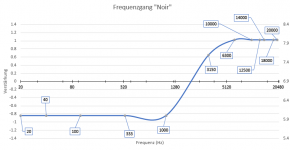Bluetooth 2.1 boombox build
- By benniehanas
- Full Range
- 8 Replies
Hello all,
I am building my second project. My first one was Speakerdesignworks Aviatrix. This one will be a 2.1 channel portable boombox using the following parts:
It is to be portable, so I want it strong and light. I will use 3/4 multi-ply and want a candy red paint on it with a brown/tan grill cloth. I got my inspiration from the design on parts-express. Just enter the following after the parts-express web URL:
/project-gallery-speaker-project-the-podzuma
It is made to look like an older amp. I didn't include the battery as it would cost too much and make it heavier. The way I'm building it should have good output from 30hz to 20khz.
So far I have the amp, PS, and Sub-woofer. I will get the wood next and start building while I save up for the full-range speakers as they are 85 dollars a piece. The other thing I will do are the mods per FFcossag on youtube to lower noise floor and improve the crossover which is around 60-80hz. The full range can play down to 52hz. Based on his mods, the sub will start to attenuate at50hz with much more between 60-80hz. 80 was -6dB if I recall.
I think I will build the cabinet with a large enough amp/PS chamber so that I can put in batteries down the road if desired.
I should be able to fit two Power-Sonic PS-12120F2 12v 12aH batteries in there, but it would weigh 16 extra pounds. That's a ton more.
I am building my second project. My first one was Speakerdesignworks Aviatrix. This one will be a 2.1 channel portable boombox using the following parts:
- TPA3116 Bluetooth 4.0 Digital Amplifier
- Dayton Audio SD215A-88 8" Sub
- Markaudio Alpair-7 Gold Cone 4" Full Range Driver
- Mean Well MW NES-150-24 24 VDC 6.5A 150W Regulated Switching Power Supply
It is to be portable, so I want it strong and light. I will use 3/4 multi-ply and want a candy red paint on it with a brown/tan grill cloth. I got my inspiration from the design on parts-express. Just enter the following after the parts-express web URL:
/project-gallery-speaker-project-the-podzuma
It is made to look like an older amp. I didn't include the battery as it would cost too much and make it heavier. The way I'm building it should have good output from 30hz to 20khz.
So far I have the amp, PS, and Sub-woofer. I will get the wood next and start building while I save up for the full-range speakers as they are 85 dollars a piece. The other thing I will do are the mods per FFcossag on youtube to lower noise floor and improve the crossover which is around 60-80hz. The full range can play down to 52hz. Based on his mods, the sub will start to attenuate at50hz with much more between 60-80hz. 80 was -6dB if I recall.
I think I will build the cabinet with a large enough amp/PS chamber so that I can put in batteries down the road if desired.
I should be able to fit two Power-Sonic PS-12120F2 12v 12aH batteries in there, but it would weigh 16 extra pounds. That's a ton more.
